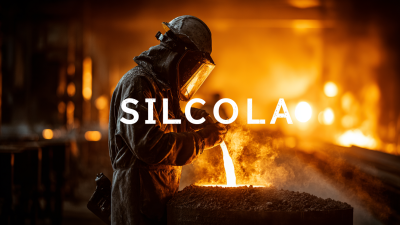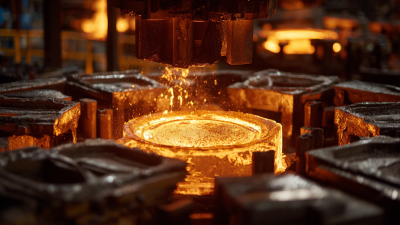In the ever-evolving landscape of manufacturing, "Lost Wax Investment Casting" has emerged as a pivotal technique, renowned for its ability to produce intricate designs with exceptional precision. According to a report by MarketsandMarkets, the global investment casting market is projected to reach $25.77 billion by 2026, growing at a CAGR of 5.2% from 2021. This growth underscores the increasing reliance on advanced casting methods across various industries, including aerospace, automotive, and art.
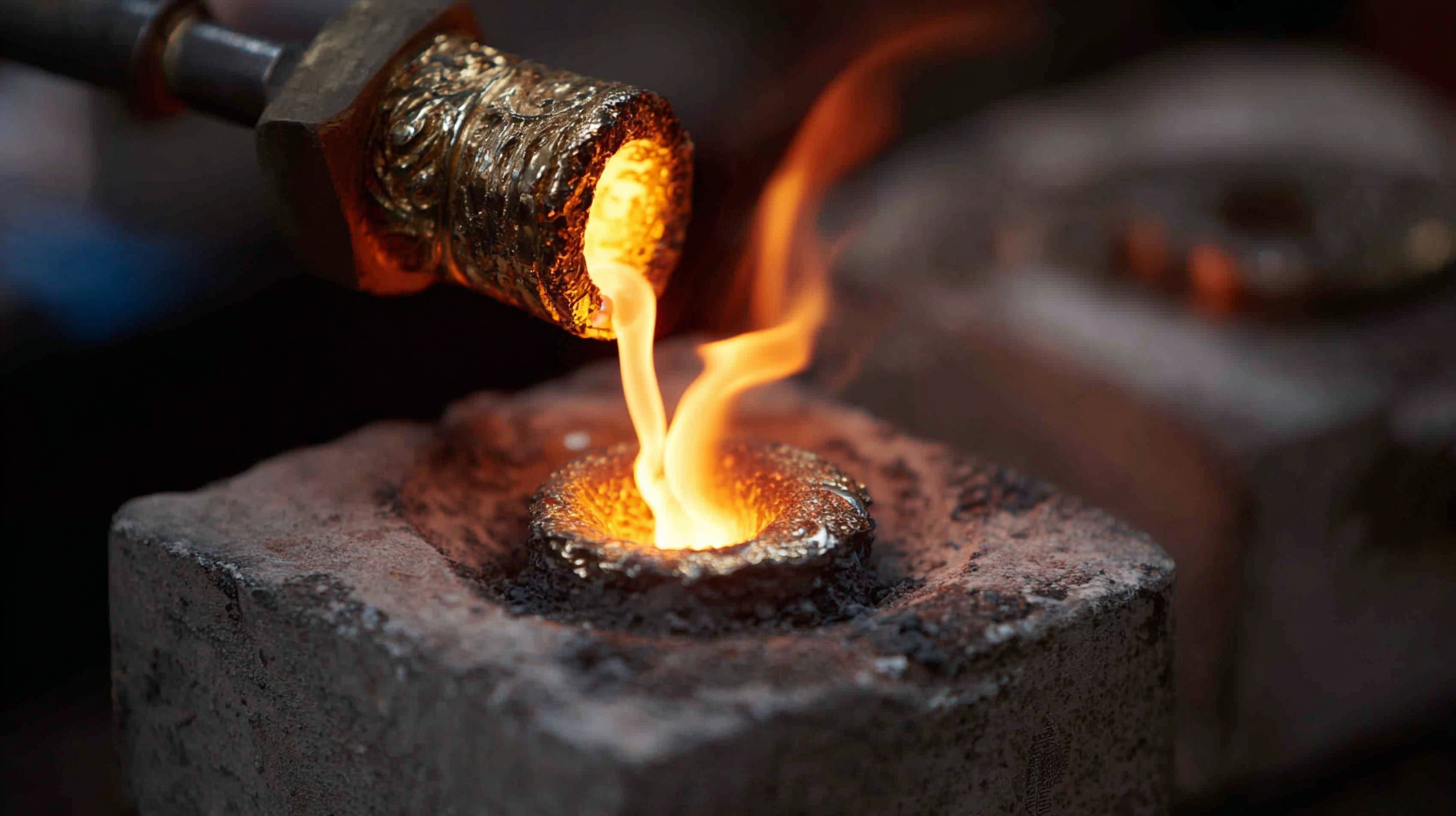
Mastering the nuances of lost wax techniques can thus significantly enhance production efficiency and product quality. As industries seek cost-effective and high-quality solutions, understanding and applying the essential tips for mastering Lost Wax Investment Casting is crucial for manufacturers aiming to stay competitive in this dynamic market.
Lost wax investment casting is a time-honored technique that allows for intricate designs and high accuracy in metal casting. Understanding its fundamentals begins with the creation of a wax model,
which is a direct representation of the final product. This model is coated in a special ceramic material to form a mold, and once the mold hardens, the wax is melted away, hence the name
"lost wax." The process is vital as it sets the stage for the quality of the final metal component.
Once the mold is ready, molten metal is poured into the cavity left by the wax model. The precision of this step relies heavily on the mold's ability to withstand high temperatures and absorb the molten metal without compromising the
detail of the design. Cooling and solidification occur next, during which the metal takes on the shape of the original wax model. Finally, the ceramic shell is removed, revealing the completed
casting. Mastering the nuances of lost wax investment casting ensures a combination of artistry and engineering, allowing for the successful production of
complex metal parts across various industries.
When delving into lost wax investment casting, understanding the key materials involved is essential for achieving success. The process begins with the creation of a master pattern, typically made from wax or a similar material. This master is crucial as it determines the final shape of the cast object. For improved durability and precision, many artisans opt for high-quality wax that can withstand thermal stress during the casting process.
Next, the ceramics used in the shell-building process play a pivotal role. Fine silica sand mixed with high-temperature-resistant binders forms the shell that encases the wax pattern. Coating the pattern in a fine layer of this material allows for better detail and surface finish. Once the shell dries, it is subjected to heat, which allows for the wax to be melted and drained away, leaving a hollow cavity ready for pouring metal. Choosing the right ceramic material can significantly influence the quality of the final cast, making it an area that deserves careful consideration.
Finally, the selection of the metal to be cast is equally critical. Different metals, from aluminum to highly specialized alloys, each come with their own unique properties that affect the final product. Factors such as melting point, fluidity, and compatibility with the shell must be taken into account to ensure a successful casting. Understanding these key materials and their interactions will lead to greater mastery of lost wax investment casting techniques.
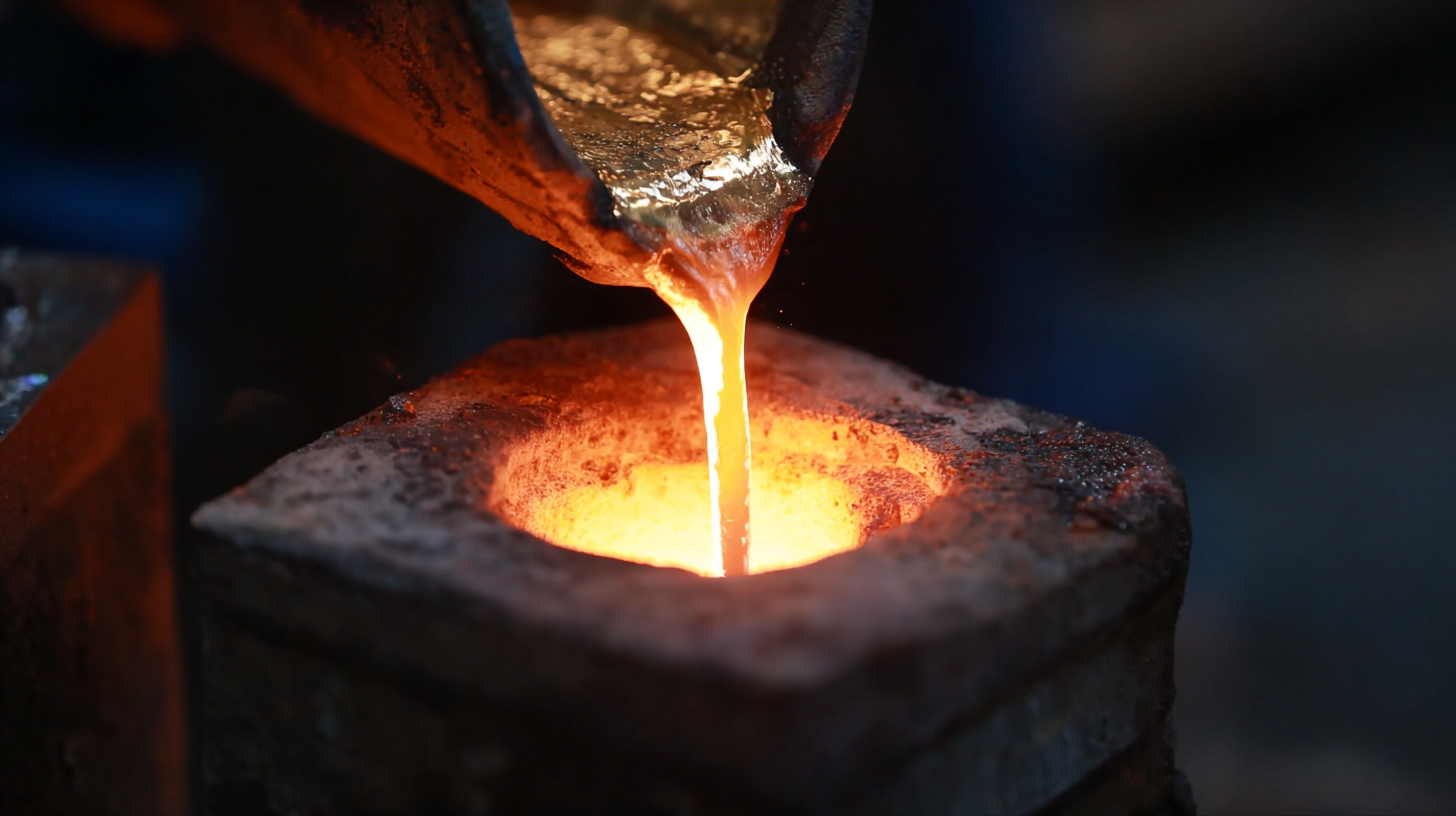
Temperature control is crucial in the lost wax investment casting process, particularly for ensuring precision in both wax melting and metal pouring. Maintaining the correct temperatures allows for optimal fluidity of the molten metal, which is essential for reproducing intricate details in the mold. For instance, a study on the effects of cobalt aluminate inoculant addition on the structure and mechanical properties of nickel-based superalloys found that variances in pouring temperature significantly influenced the material's final attributes. Proper thermal regulation can prevent defects such as misruns or cold shuts, which often arise from inadequate temperature management during both phases of casting.
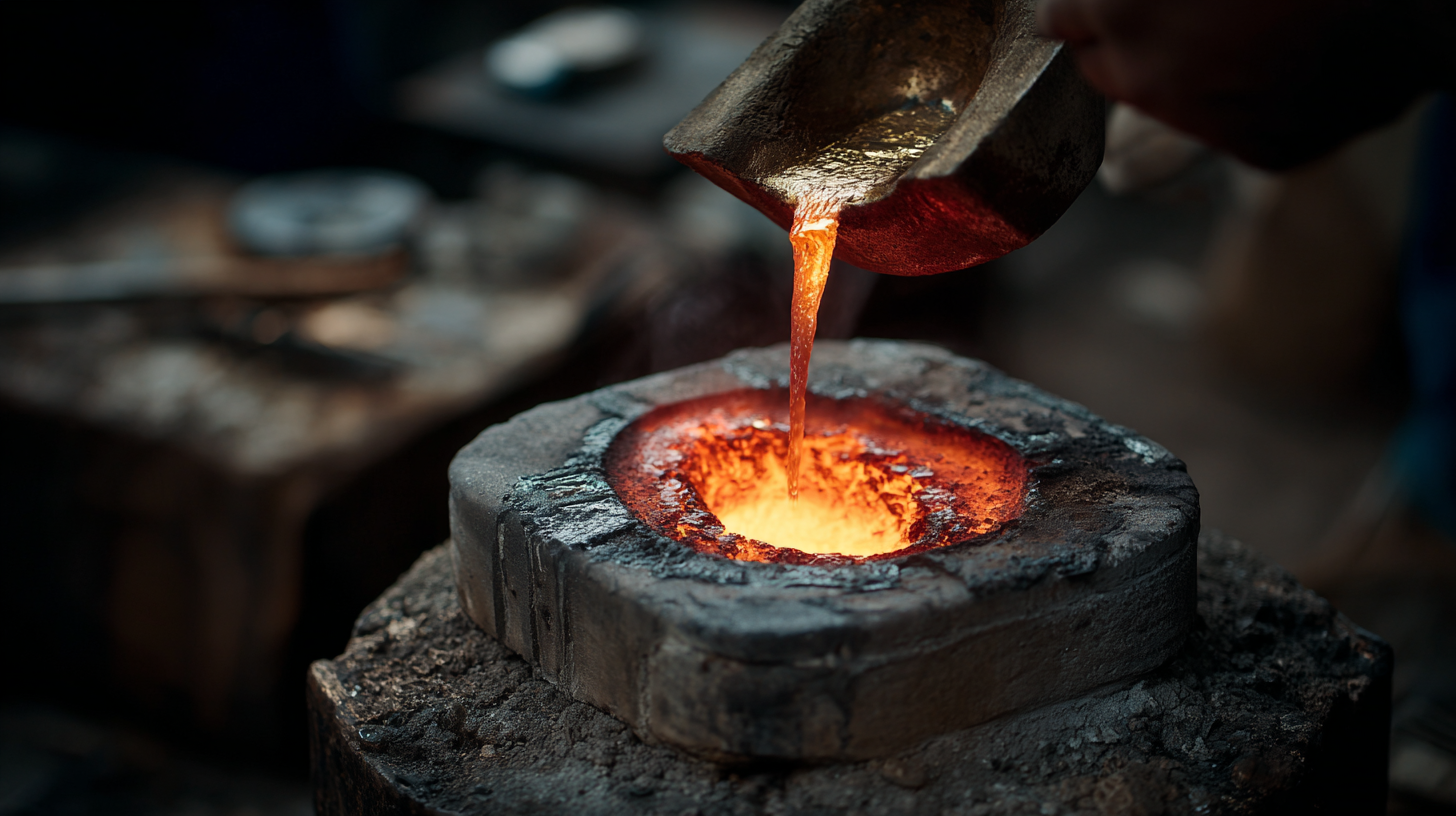
Recent innovations highlight the importance of advanced materials like zircon, which possesses unique properties ideal for use in high-performance applications such as aviation. Zircon's stability at elevated temperatures aids in maintaining the integrity of the mold during the casting process. Furthermore, a two-stage optimization strategy involving simulation and experimental results has been developed to regulate temperature gradients effectively during investment casting. This novel approach aims to enhance precision, accommodating the high demand for quality castings in sectors like aerospace, ensuring that components, such as turbine blades, are produced with superior structural integrity and performance characteristics.
When venturing into lost wax investment casting, awareness of common errors is crucial for achieving optimal results. One prevalent mistake is inadequate wax pattern preparation. If the patterns are not meticulously crafted or contain imperfections, it can lead to flaws in the final cast. Ensuring that the wax is free of defects, such as bubbles or uneven surfaces, sets the stage for a successful mold and casting process.
Another frequent error involves improper temperature control during the melting and pouring phases. Many beginners overlook the importance of precise temperature management, which can significantly affect the fluidity of the molten metal. If the metal is too hot, it may cause excessive oxidation or burning of the investment material. Conversely, inadequate heat can result in incomplete molds and trapped air pockets. Keeping a vigilant eye on temperature readings and adjusting accordingly will help avoid these pitfalls and yield a higher quality finished product.
Quality control is paramount in the lost wax investment casting process, as it directly affects casting accuracy and waste reduction. According to a report by the American Foundry Society, up to 30% of materials can be wasted in the casting process if stringent quality control measures are not followed. Implementing a robust quality management system can significantly enhance precision in the casting process. Techniques such as statistical process control (SPC) and regular inspections throughout the production cycle can ensure that any deviations from desired specifications are caught early, minimizing errors and waste.
Incorporating advanced technologies, such as computer-aided design (CAD) and computer-aided manufacturing (CAM), can further bolster quality control efforts. A study published in the Journal of Manufacturing Science and Engineering found that integrating CAD/CAM systems led to a 25% reduction in production costs and a 15% increase in casting quality. Adopting these technologies allows for better simulation and analysis of the casting process, which aids in predicting potential issues and improving overall efficiency, ensuring that the final products meet industry standards while reducing resource consumption.
| Tip Number | Quality Control Measure | Expected Outcome | Waste Reduction (%) |
|---|---|---|---|
| 1 | Regular Tool Calibration | Improved dimensional accuracy | 15% |
| 2 | Use of Advanced Simulation Software | Reduction of casting defects | 25% |
| 3 | Regular Material Testing | Consistent quality of the material used | 10% |
| 4 | Invest in Employee Training | Improved operational efficiency | 20% |
| 5 | Implement Feedback Loops | Continuous improvement in processes | 18% |
